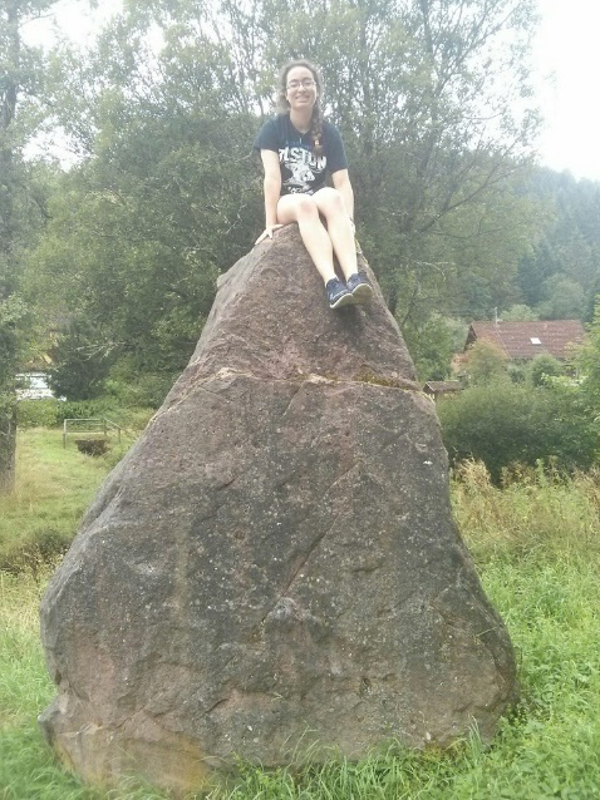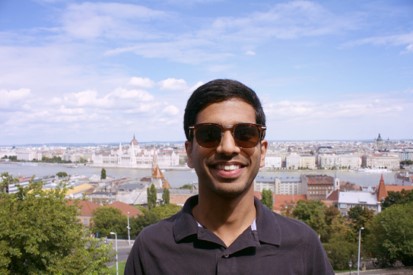The Institute for Anthropomatics and Robotics (IAR) is part of KIT’s Department of Informatics. That Institute mainly works with the intersection between humans and electronics, with research topics such as humanoid robots, language understanding, and medical robots. Within the IAR, I worked with a research group called the Computer Vision for Human-Computer Interaction Lab (cv:hci).
During my time at KIT, I used computer vision and neural networks to assist blind and visually impaired people. Computer vision is basically using computers to interpret pictures- simulating human eyes. The research group I participated in used computer vision to help blind and visually impaired people. In particular, I did work related to an ongoing project some members of cv:hci were working on, which was using computer vision to help blind/visually impaired people navigate around a city.I modified and trained a neural network to recognize objects that visually impaired people might need to note on a typical walk around a city, such as bikes, walls, other people, cars, etc. In particular, I worked to help improve the detection of surfaces, such as the ground and walls. Detection of surfaces was something my supervisors wanted me to work on since there are many different types of walls/ground, so it was difficult for computers to recognize them. I implemented a strategy which merged all different kinds of walls into one wall superclass to help improve detection. At the end of my stay at KIT, I presented my work to the professor who was in charge of the whole Computer Vision: Human Computer Interaction Lab (cv:hci), and also uploaded my code so that it could be accessed and used by members of the cv:hci lab.
I really enjoyed the work environment in Germany. Before taking part in the MISTI-Germany program, I had always considered living in Germany as something I might potentially do in the very far future. However, I enjoyed the work environment and Germany city life so much that I am now seriously considering living and working in Germany.



